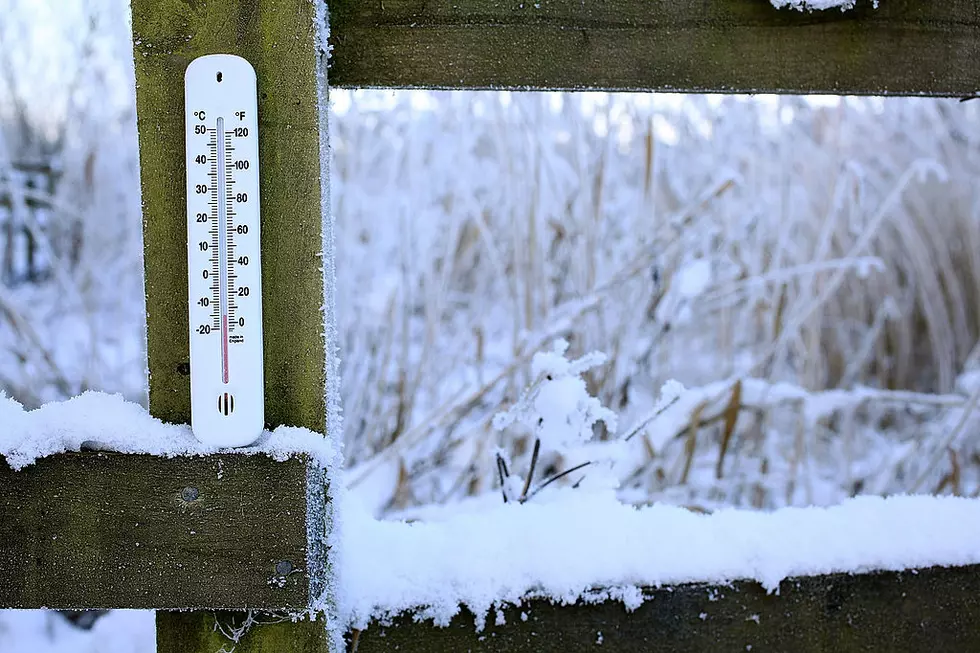
How to Stay Safe and Warm in Extreme Cold Weather
Central New Yorkers can handle almost anything Mother Nature can throw at them. Snow in feet is just another Winter day. But subzero temperatures are another story. Here are tips to stay warm and safe in extremely cold weather.
Be sure to dress properly when wind chills are too extreme to even think about.
*Wear loose, lightweight, warm clothing in several layers. Trapped air between the layers acts as an insulator. Layers can be removed to avoid perspiration and subsequent chill.
*Outer garments should be tightly woven, water-repellent, and hooded.
*Always wear a hat or cap on your head since half of your body heat could be lost through an uncovered head.
*Cover your mouth with a scarf to protect your lungs from extreme cold.
*Mittens, snug at the wrist, are better than gloves because fingers maintain more warmth when they touch each other.
Working Outdoors in Cold Weather
Cold temperatures put an extra strain on your heart. Heavy exertion, like shoveling snow, clearing debris, or pushing a car can increase the risk of a heart attack. Here are a few things to keep in mind when working outdoors.
TIPS:
*SLOW DOWN when working outdoors.
*Take frequent breaks.
*If you feel chest pain -- STOP and seek help immediately.
Hypothermia
Prolonged exposure to cold temperatures can cause hypothermia, especially in children and the elderly. Keep a close eye on these symptoms to avoid getting hypothermia.
HYPOTHERMIA SYMPTOMS:
*Inability to concentrate
*Poor coordination
*Slurred speech
*Drowsiness
*Exhaustion
*Uncontrollable shivering, followed by a sudden lack of shivering
If a person's body temperature drops below 95 degrees Fahrenheit, get emergency medical assistance immediately. Remove wet clothing, wrap the victim in warm blankets, and give warm, non-alcoholic, non-caffeinated liquids until help arrives.
Frostbite
You can get frostbite and not even know it. There is no pain associated with the early stages, so watch for these danger signs:
*Numb skin that may become flushed. Then it turns white or grayish-yellow.
*Frostbitten skin feels cold to the touch.
If frostbite is suspected, move somewhere warm. Cover the frostbite area with something warm and dry. Never rub it!
Then get to a doctor or hospital as quickly as possible.
LOOK: What is the coldest city in every state?
More From Big Frog 104









